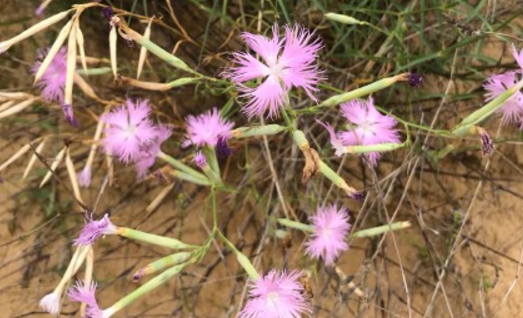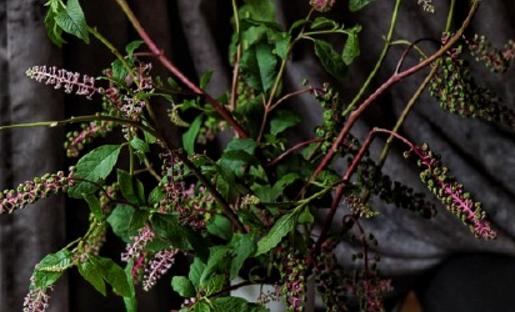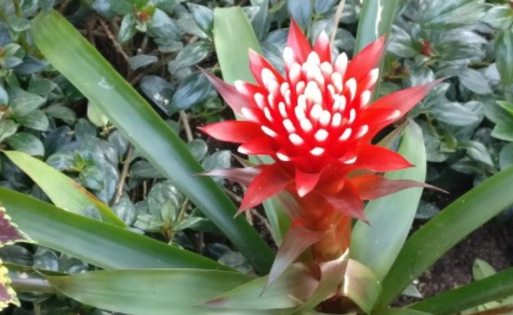The breeding methods and matters needing attention of Caryophyllaceae? How do you breed? What's the use?
The nicknames of qu wheat are wild wheat, stone column flower, ten kinds of Jinghua, bamboo grass flower, mountain qu wheat and so on, so what are the breeding methods and points for attention? How do you breed? What's the use? According to the data, Qumai is a simple plant cultivated and irrigated, and its reproduction is mainly sowing and reproduction, and it can also be propagated separately. The requirement of wheat to soil is not high, generally, it is better to choose sandy soil with good drainage. Water is very important to the growth of Qumai, it needs to be paid attention to, not too dry or too waterlogged, so as to ensure that the water is suitable. If you apply fertilizer, you can topdressing it three times a year.

First, the breeding methods and matters needing attention of millet?
1. The characteristics of qu Mai
The same sentence, understand it, can better control it, better breed it. The growing areas of barley are mostly mountainous and hilly areas, and it is also common next to streams and valleys. The requirement of soil for the growth of barley is very low, but it is better if the soil is a little more fertile when it is really planted. In addition, the requirement of moisture is very high, and the soil can not care about it. However, it is necessary to give qu wheat enough water when raising it, so that the internal nutrition of the wheat can be reflected. So that qu Mai can give full play to its value.
2. The requirement of fertilizer in qu wheat culture.
The requirement of wheat for soil is not very high, so generally speaking, the requirement for fertilizer is not very high. At the beginning of the period, you only need to top fertilizer three times a year, and apply fertilizer once after sowing in autumn. At this time, the wheat has just been sown, and the root system is not very complete, and it is not able to absorb enough nutrients from the outside world, so it is necessary to apply fertilizer once and apply fertilizer again during winter. Winter fertilization can ensure the provision of nutrients for wheat in the cold winter. In addition, it can also play a role in keeping out the cold. When spring comes, fertilizer can be added for the last time.
3. Aquaculture and drainage irrigation of Qumai
Whether too much water or too little water is disadvantageous to the normal growth of Qumai during breeding, therefore, special attention should be paid to the drainage and irrigation of Qumai, after sowing, while ensuring that the soil is moist, there can not be too much stagnant water.
4. Matters needing attention in Qumai culture
The most important thing that should be paid attention to in qu wheat culture is the problem of drainage and irrigation. the requirement of water is very high, and stagnant water may lead to rotten roots, and if there is little water, it is not conducive to the normal growth of qu wheat, so it is best to have moist soil without stagnant water.
Second, how to reproduce?
1. Seed propagation of Triticum aestivum L.
As the name implies, seed reproduction is to pick mature seeds and sow them directly and form them after careful maintenance. Let's take a look at the details and matters needing attention. First of all, we need to know that the seeds of barley need to be sunburned, so when selecting a single plant, it is best to be strong, free from diseases and insect pests. If it is a bad single plant, the sun-dried seeds are also not conducive to the growth of qu Mai. Generally, the seeds are cut and dried in August, and then sown in autumn to choose a fertile place to loosen the soil. Sow the wheat seeds, and finally pour enough water on it, and you can get large tracts of Qumai plants in the coming year.
2. Ramet propagation of Qumai.
It is the same as the ramets of other plants, but we should pay attention to the time when Qumai plants are divided into several plants of similar size, usually between March and April, when the weather is relatively cool, and then divide them into several plants of similar size. plant it randomly on wet soil and take care of it.
Third, what is the use?
1. The medicinal value of qu Mai.
In fact, I personally think that there is no need to say much about this value. we all know that wheat has the effect of clearing away heat and detoxification. here, I would like to add a few points. Due to the influence of the growth environment, the body contains a lot of mineral elements. protein, vitamin An and other substances, in addition, wheat also contains a lot of mineral alkali, so in addition to clearing away heat and promoting blood, it can also treat diseases such as dysuria and edema. When it comes to this, do you have a deeper understanding of qu Mai? don't panic, we're not finished yet. some of them have other effects when they are combined with other things, for example, qu Mai and Taoren. The combination of substances such as safflower will also have a certain role in regulating the menstruation of human women, so, if some women's menstruation is not normal, it can be adjusted by this method. Speaking of which, do you have a sense of reverence for Jumai? to be honest, I am a little surprised.
2. The nutritional value of qu Mai.
The nutritional value of qu wheat can be said to be higher than that of all other plants, or the value of one plant covers the nutritional value of several other plants. In addition to the above-mentioned vitamin A, protein and other substances, qu Mai also contains anethole, which are rare and good things. in addition, studies have shown that Qumai can excite the uterus, and for some animals, Qumai can resist early pregnancy. but for other animals, Chimai can stimulate the uterus, a phenomenon that gives people new hope for the treatment of infertility in the future. Qu Mai is really a good thing.
Time: 2019-03-16 Click:
- Prev

What is the utilization value of Phytolacca acinosa? How do you breed? Common pest control?
Pokeweed (PhytolaccaacinosaRoxb) is a sturdy perennial herb of Phytolacca, so what is the utilization value of Phytolacca? How do you breed? Common pest control? It is understood that Phytolacca acinosa is rich in nitrogen, phosphorus and potassium as green manure in fertile fields.
- Next

When does the water tower flower of the pineapple suborder bloom? How to maintain it? What's the use?
Water tower flower, also known as flame pineapple, Bill Janya, red algae pineapple, trough pineapple, etc., so when will the water tower flower bloom? How to maintain it? What's the use? According to information, water tower flower, like warm, humid and semi-shady growth environment, it is not very cold-resistant, can withstand drought. When raising water tower flowers
Related
- Fuxing push coffee new agricultural production and marketing class: lack of small-scale processing plants
- Jujube rice field leisure farm deep ploughing Yilan for five years to create a space for organic food and play
- Nongyu Farm-A trial of organic papaya for brave women with advanced technology
- Four points for attention in the prevention and control of diseases and insect pests of edible fungi
- How to add nutrient solution to Edible Fungi
- Is there any good way to control edible fungus mites?
- Open Inoculation Technology of Edible Fungi
- Is there any clever way to use fertilizer for edible fungus in winter?
- What agents are used to kill the pathogens of edible fungi in the mushroom shed?
- Rapid drying of Edible Fungi

